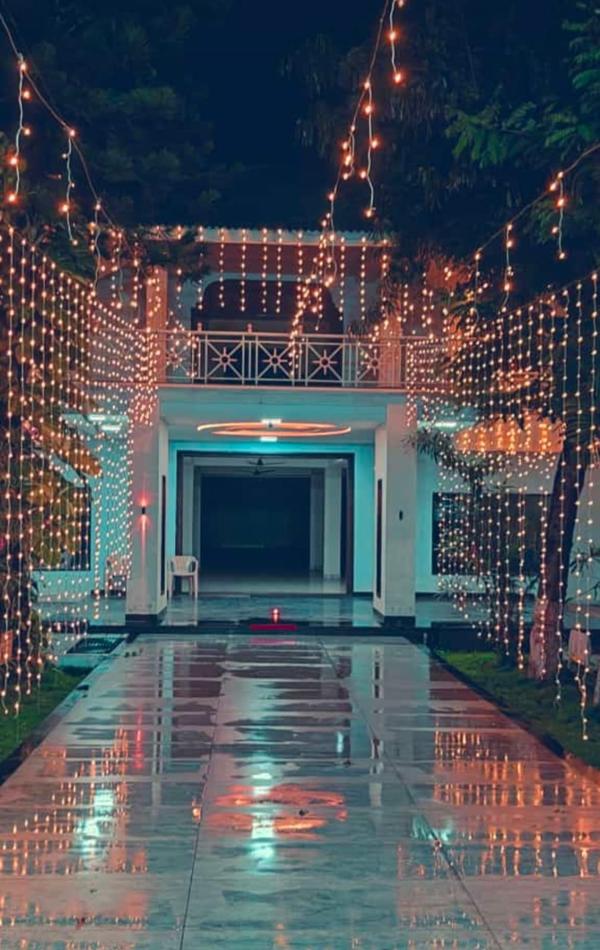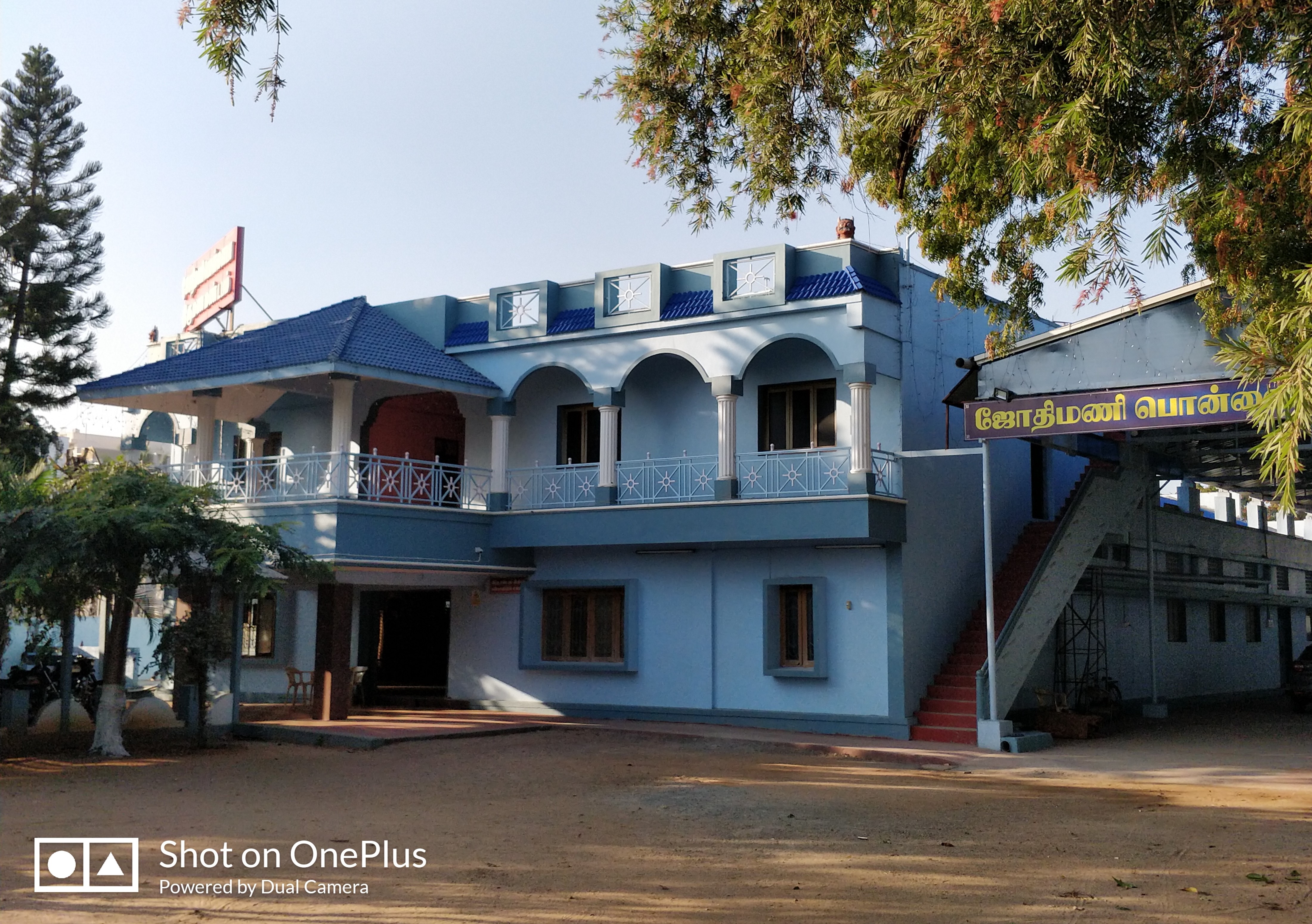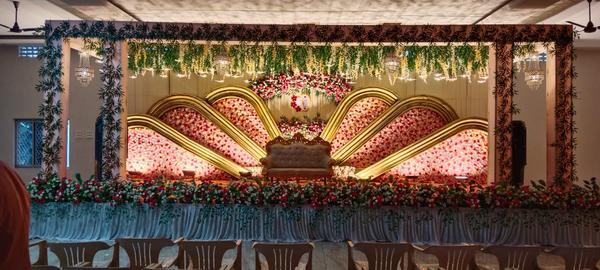
MangalaSnanam – The wedding day begins at the c...

MangalaSnanam – The wedding day begins at the crack of dawn. The Mangalasnanam ritual is observed separately by the bride and the groom’s sides. A paste of turmeric, sandalwood and kumkum is prepared by the Sumangalis or married women. They take turns in applying oil to the bride/groom’s hair and massaging the paste on their face, hands and feet. After the ritual, the bride/groom takes a purifying bath in holy water to cleanse their body and soul. They then proceed to get ready for the wedding ceremony. Gauri Puja – This is a ritual that is performed by the bride only. An idol of the Goddess Gauri, who represents purity, austerity and virtue, is placed on a plate containing rice and kumkum. After the bride has been dressed up, she offers her prayers and performs a short puja to the Gauri idol wishing for a happily married life ahead. Kashi Yathra – The groom’s party arrive at the wedding venue and the groom grabs and umbrella, walking sticks and some food items to go off to Varanasi or Kashi, renouncing all worldly attachments to pursue religious studies. The father of the bride then intercepts him outside the wedding hall and makes him see the virtues of the domestic life as opposed to hermit one. The father of the bride then promises the groom to give his daughter to him in marriage. The groom accepts this proposal and returns to the wedding venue to get married. The umbrella is to be kept with the groom throughout the wedding to remind him of the decision and his duties thereby. Pada Puja – After the groom arrives at the wedding mandap, the parents of the bride washes his feet with holy water, sandalwood, milk, and kumkum. His feet are then wiped dry with flower petals. MaalaiMaatral – The bride is then brought into the wedding mandap and the couple exchange flower garlands as a first step of the wedding. The ritual is repeated three times and sometimes amid much playfulness where the bride/groom tries to evade garlanding by the other. Oonjal – Oonjal refers to a swing. During this ceremony, the couple is made to sit on a swing which is rocked gently. The women of the family surround the swing and sing Oonjal Pattu songs. The elders of the family come one by one and feed the couple milk and banana and bless them. Women from both the families carry colored rice balls around the couple seated in the swing in both clockwise and anticlockwise directions three times before throwing the balls in four cardinal directions to ward off evil energy. Older women also go around the couple holding an earthen lamp and pot filled with water three times in clockwise direction. The gentle rocking motion of the swing represents the turbulent situation that life may present to them. Kanyadanam – The bride and groom is then asked to step off the swing. The end of the bride’s saree is tied to the end of groom’s angavastram. The bride’s mother then applies kajal on the groom’s eyes and the bride’s father washes his feet. Through this ritual the groom is viewed as representative of Lord Vishnu. The groom is then seated on the floor at his designated spot. The father of the bride sits facing the groom. The bride is seated on her father’s lap and a coconut is placed on her hands. The bride’s father then supports his daughter’s hands and offers the coconut to the groom together. The mother of the bride pours holy water over the coconut. Thus through this formal ceremony, the bride’s parents give her to the groom and requests him to take care of their daughter for the rest of their life. The bride and the groom’s hands are tied with a sacred thread to seal their union. Muhurtham – After completion of the Kanyadanam ritual, the groom’s parents presents the bride with a nine yard silk saree symbolizing their acceptance of the bride into their family. The saree is draped around the bride’s shoulders while the groom applies vermillion to her hair parting. The bride then goes to change into the saree gifted to her by her in-laws. When she returns to the mandapam, a grass ring is placed on her head, over which the yoke of a plough is placed and a belt made of reed grass is placed around her waist. Water is poured over the yoke. This ritual is symbolic reminder of the fact that the bride and the groom together have to overcome the challenges of life. The Thaali is blessed by the priest and the groom ties the Thaali, or south Indian equivalent of a mangalsutra, around the bride’s neck. The first two knots of the Thaali is put in by the groom while the third and the final one is put in by the groom’s sister. Saptapadi – The bride and the groom holds each other’s hands and go around the sacred fire seven times. Vedic mantras are chanted by the pries which outlines the seven sacred vows of a marriage. This ritual marks the symbolic beginning of the couple’s journey as husband and wife. Next the groom holds the bride’s left toe as she steps over a grindstone. This symbolically represents the solidity of their union.
Subscribe for latest offers & updates
We hate spam too.


